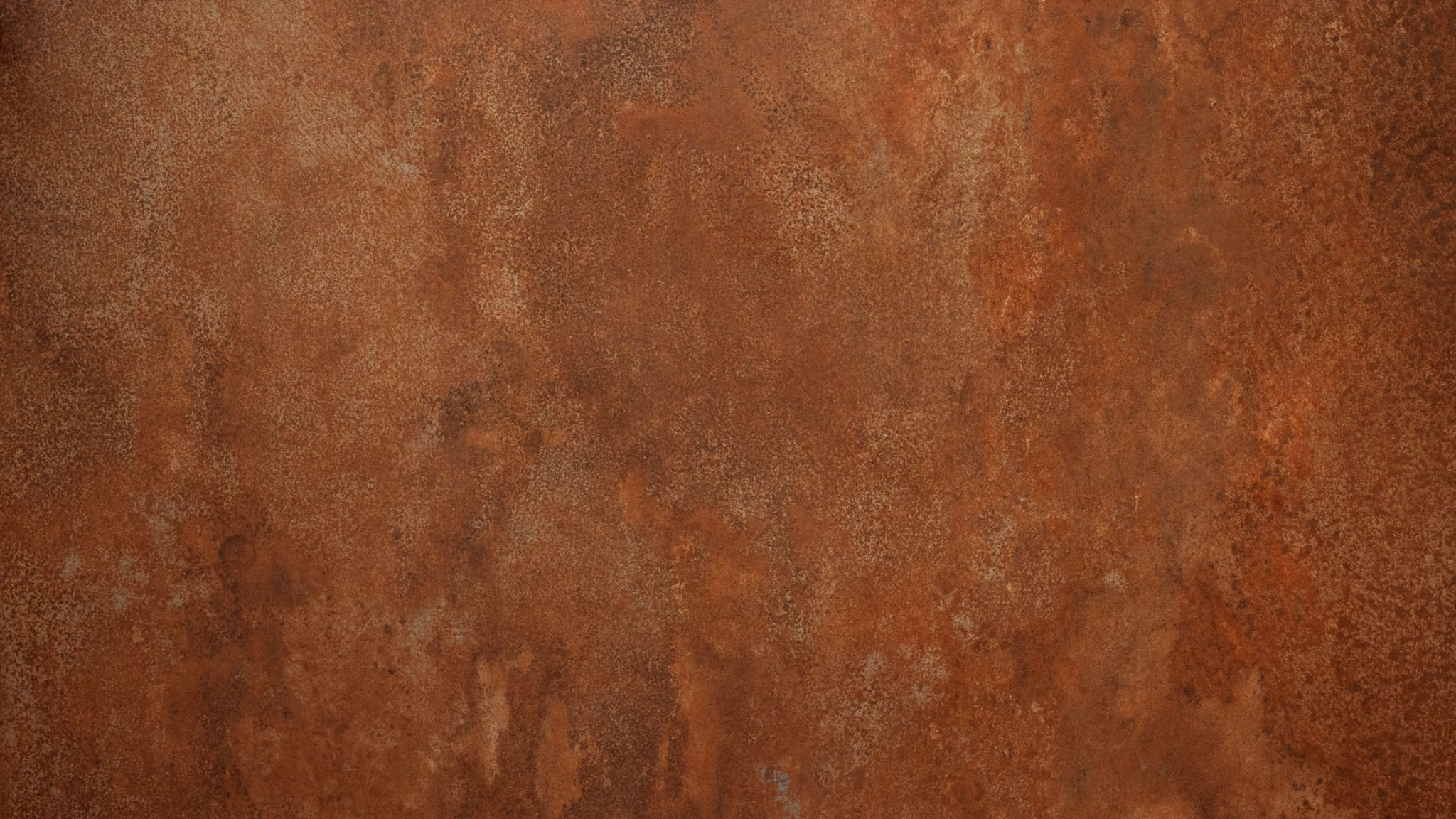Laser Rust Removal vs. Traditional Methods: A Buyer’s Guide
Understanding Laser Rust Removal
Laser rust removal is an innovative method that uses laser technology to effectively clean rust from metal surfaces. Unlike traditional methods, this technique is non-contact and minimizes damage to the underlying material. By utilizing a focused beam of light, it vaporizes rust without the use of chemicals or abrasives.
The laser method is becoming increasingly popular due to its precision and efficiency. It’s particularly beneficial for delicate parts where traditional methods might cause harm. Moreover, laser rust removal is environmentally friendly, producing minimal waste and requiring no additional cleaning agents.

Traditional Rust Removal Methods
Traditional rust removal techniques have been around for decades and include methods such as sanding, chemical treatments, and abrasive blasting. These techniques are often labor-intensive and can pose safety hazards due to the chemicals and machinery involved.
Chemical rust removers are usually effective but can be hazardous to both the user and the environment. Sanding and abrasive blasting, on the other hand, require physical effort and can damage the metal surface if not done carefully.
Comparing Efficiency
When it comes to efficiency, laser rust removal often takes the lead. It can remove rust quickly with a high level of accuracy, reducing the time needed for preparation and cleaning. Traditional methods might require multiple steps, leading to longer project times.

Cost Considerations
The initial cost of laser rust removal equipment can be high, but it's important to consider the long-term savings. With reduced labor costs and higher efficiency, businesses may find it more economical over time. Traditional methods might have lower initial costs but could incur higher ongoing expenses due to maintenance and consumables.
For smaller projects or occasional use, traditional methods may still be a viable option. However, for industries that require regular rust removal, investing in laser technology could prove beneficial.
Environmental and Safety Benefits
One of the significant advantages of laser rust removal is its environmental friendliness. It eliminates the need for harsh chemicals and reduces waste production significantly. This makes it an excellent choice for businesses aiming to reduce their environmental impact.

In terms of safety, laser technology reduces health risks associated with chemical exposure and minimizes physical strain on workers. Proper training is essential, but once mastered, it provides a safer working environment compared to traditional methods.
Suitability for Different Applications
Laser rust removal is versatile and suitable for a wide range of applications, from automotive restoration to industrial maintenance. It excels in situations where precision is critical or where fragile components must be preserved.
Traditional methods might still be appropriate for larger surfaces where delicate handling is not required. Each technique has its place depending on the specific needs of the project.
Conclusion: Making an Informed Choice
Choosing between laser rust removal and traditional methods depends on various factors such as project size, budget, and environmental considerations. While laser technology offers numerous advantages in terms of precision and sustainability, traditional methods continue to be a practical choice for many due to their accessibility and lower initial investment.
By understanding the strengths and limitations of each approach, buyers can make informed decisions that best suit their needs and contribute to more efficient operations.
